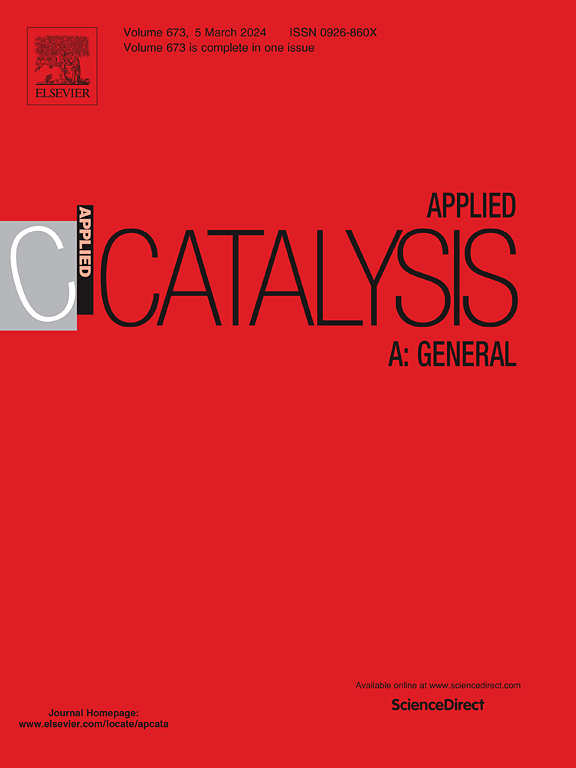Dual electric fields induced synergistic photocatalytic inactivation: Unveiling mechanisms and phenomena of enhanced performance
IF 4.7
2区 化学
Q2 CHEMISTRY, PHYSICAL
引用次数: 0
Abstract
Photocatalytic inactivation, emerging as a novel bactericidal technique, is gaining increasing attention. While oxygen vacancies (OVs) and heterogeneous junction structures have been extensively investigated to enhance photocatalytic performance, the synergistic effect between the two remains largely unexplored. In this study, a Bi2S3@BiOCl-OV heterojunction structure enriched with oxygen vacancies as a promising photocatalyst was developed. Bi2S3@BiOCl-OV effectively improved photocatalytic properties due to the presence of oxygen vacancies and the unique structure of Z-type heterojunction. Further mechanism investigation shows that the unique heterojunction structure can induce the formation of internal electric field, the existence of oxygen vacancies can promote the generation of micro local electric field, and effectively promote the charge redistribution under the action of dual-electric field. Simultaneously, O2 and H2O in the system are adsorbed by oxygen vacancies, and are activated by electrons to form the reactive oxygen species, thereby achieving the goal of killing microorganisms.
双电场诱导协同光催化失活:揭示增强性能的机制和现象
光催化灭活技术作为一种新型的杀菌技术正受到越来越多的关注。虽然氧空位(OVs)和异质结结构已经被广泛研究以提高光催化性能,但两者之间的协同效应在很大程度上仍未被探索。在本研究中,开发了一种富含氧空位的Bi2S3@BiOCl-OV异质结结构作为一种有前途的光催化剂。Bi2S3@BiOCl-OV由于氧空位的存在和z型异质结独特的结构,有效地改善了光催化性能。进一步的机理研究表明,独特的异质结结构可以诱导内部电场的形成,氧空位的存在可以促进微局部电场的产生,并有效地促进双电场作用下电荷的再分配。同时,系统中的O2和H2O被氧空位吸附,并被电子激活形成活性氧,从而达到杀灭微生物的目的。
本文章由计算机程序翻译,如有差异,请以英文原文为准。
求助全文
约1分钟内获得全文
求助全文
来源期刊

Applied Catalysis A: General
化学-环境科学
CiteScore
9.00
自引率
5.50%
发文量
415
审稿时长
24 days
期刊介绍:
Applied Catalysis A: General publishes original papers on all aspects of catalysis of basic and practical interest to chemical scientists in both industrial and academic fields, with an emphasis onnew understanding of catalysts and catalytic reactions, new catalytic materials, new techniques, and new processes, especially those that have potential practical implications.
Papers that report results of a thorough study or optimization of systems or processes that are well understood, widely studied, or minor variations of known ones are discouraged. Authors should include statements in a separate section "Justification for Publication" of how the manuscript fits the scope of the journal in the cover letter to the editors. Submissions without such justification will be rejected without review.
 求助内容:
求助内容: 应助结果提醒方式:
应助结果提醒方式:


